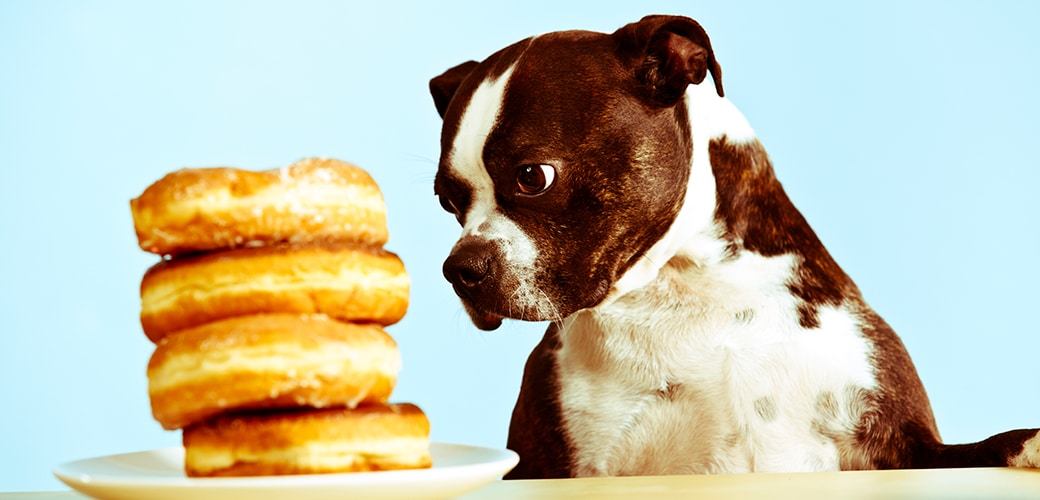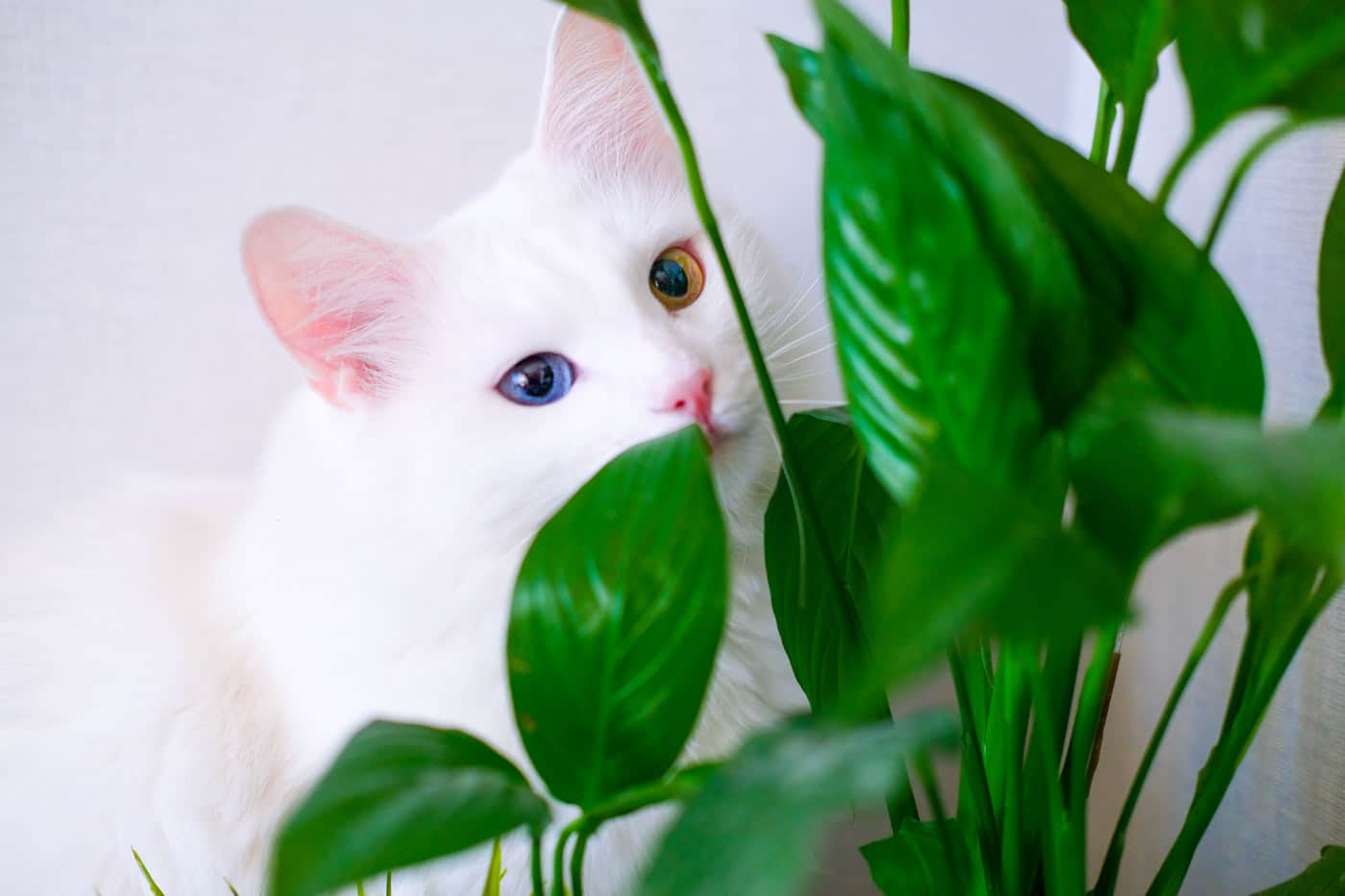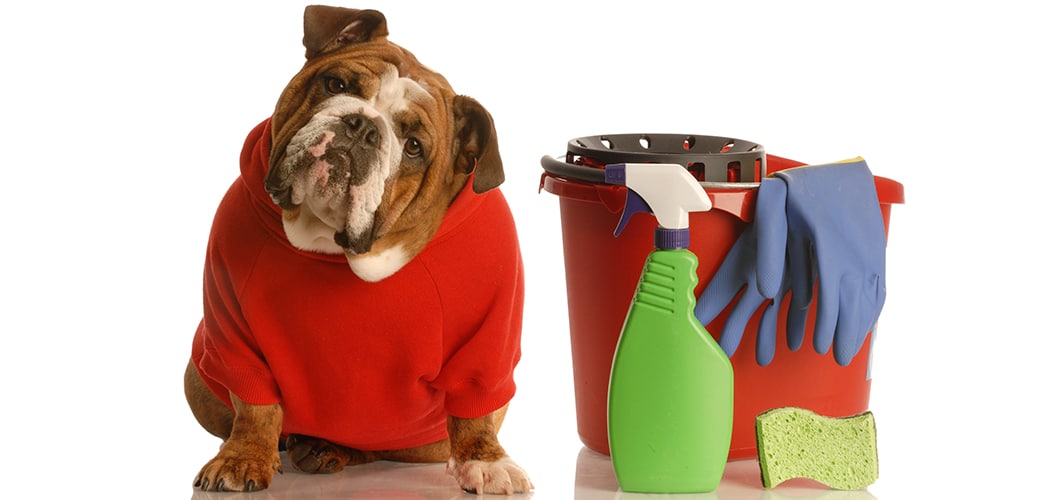June, 2022
I’m not going to lie, I’m the nerd at the grocery store and home improvement store that casually tells the stranger that the item they’re looking at can kill their dog or cat if they eat it. Morbid? Yes. But, I care about everyone’s animals, not just my own! Plus, most consumers are completely oblivious to the potential threat that many common items around the house can pose to their pets. So, here is my list of some scary things and a brief description of what they can do to your pet! If you want a more comprehensive list, please visit the ASPCA Poison Control Page (https://www.aspca.org/pet-care/animal-poison-control) or the Pet Poison Helpline (https://www.petpoisonhelpline.com). And after you read this, PLEASE join me in warning others about the serious consequences these items can have if pets get ahold of them!

Foods:
- Chocolate
- These products all contain substances called methylxanthines, which are found in cacao seeds, the fruit of the plant used to make coffee, and in the nuts of an extract used in some sodas. When ingested by pets, methylxanthines can cause vomiting and diarrhea, panting, excessive thirst and urination, hyperactivity, abnormal heart rhythm, tremors, seizures and even death. Note that darker chocolate is more dangerous than milk chocolate. White chocolate has the lowest level of methylxanthines, while baking chocolate contains the highest.
- Alcohol
- Alcoholic beverages and food products containing alcohol can cause vomiting, diarrhea, decreased coordination, central nervous system depression, difficulty breathing, tremors, abnormal blood acidity, coma and even death. Under no circumstances should your pet be given any alcohol.
- Bread dough
- Unbaked bread dough can be dangerous when ingested by dogs and cats. When ingested, the unbaked bread dough expands in the warm, moist environment of the stomach and can result in a bloated or distended stomach. Additionally, when the yeast use sugars in the unbaked dough (a process called fermentation), they produce carbon dioxide gas and alcohol. The carbon dioxide gas is what makes bread rise. Alcohol from the fermenting yeast is rapidly absorbed into the bloodstream and results in alcohol poisoning.
- Garlic, Onions, Chives
- These vegetables and herbs can cause gastrointestinal irritation and could lead to red blood cell damage and anemia. Although cats are more susceptible, dogs are also at risk if a large enough amount is consumed.
- Grapes and raisins
- Although the toxic substance within grapes and raisins is unknown, these fruits can cause acute kidney failure. Until more information is known about the toxic substance, it is best to avoid feeding grapes and raisins to dogs.
- Cherries & Apricots
- All parts of the cherry (excluding the flesh) contain cyanide and pose a risk of cyanide toxicity to your pet. This means the pit, stem, and leaves of the fruit. Like other stone fruits (apricots, peaches, and plums) cherry pits contain this toxic compound that is broken down into toxic metabolites within the body. Symptoms of cyanide toxicity include labored breathing, bright red gums, and dilated pupils.
- Avocado
- The flesh is not toxic to dogs and cats, but it is more of a threat to birds, rabbits, donkeys, horses, and ruminants. However, the large pit causes a major risk for GI obstruction in small animals.
- ANY foods with a large seed or pit
- These have the potential to cause a foreign body obstruction in small animals
- Raw or undercooked meat or eggs
- Don’t get me started on feeding raw diets! Four words…JUST DON’T DO IT! Raw meat and raw eggs can contain bacteria such as Salmonella and E. coli that can be harmful to pets and humans. Raw eggs contain an enzyme called avidin that decreases the absorption of biotin (a B vitamin), which can lead to skin and coat problems. Feeding your pet raw bones may seem like a natural and healthy option that might occur if your pet lived in the wild. However, this can be very dangerous for a domestic pet, who might choke on bones, or sustain a grave injury should the bone splinter and become lodged in or puncture your pet’s digestive tract.
- Artificial sweetener (Xylitol)
- Xylitol is used as an artificial sweetener in many products, including gum, candy, baked goods and toothpaste. Now there is even xylitol found in major brands of peanut butter, a super common treat for dogs! It can cause insulin release in most species, which can lead to liver failure. The increase in insulin leads to hypoglycemia (lowered blood sugar levels). Initial signs of toxicosis include vomiting, lethargy and loss of coordination. Signs can progress to seizures. Elevated liver enzymes and liver failure can be seen within a few days.
- Macadamia Nuts
- Macadamia nuts can cause weakness, depression, vomiting, tremors and hyperthermia in dogs. Signs usually appear within 12 hours of ingestion and can last approximately 24 to 48 hours.
- Milk and dairy
- Because pets do not possess significant amounts of lactase (the enzyme that breaks down lactose in milk), milk and other dairy-based products cause them diarrhea or other digestive upset.
- Coconut Oil
- When ingested in small amounts, coconut and coconut-based products are not likely to cause serious harm to your pet. The flesh and milk of fresh coconuts do contain oils that can cause stomach upset, loose stools or diarrhea, and pancreatitis. Coconut water is high in potassium and should not be given to your pets

Plants:
This list is LONG!!!! If you’re in doubt, use the link above to research specific plants and find out if they’re toxic to your pet. You can even filter by plants that are toxic to dog, cat, and horse. Or choose to filter by non-toxic plants for each species. It’s super helpful and quite honestly, it’s how I chose which plants to use in my landscaping!
Here are my top 10 toxic plants to cats and/or dogs (courtesy of the VCA website).
- Sago Palm
- I hate this plant with a passion! These leafy green ornamentals are highly toxic to pets! They contain cycasin, a toxin that causes severe liver failure within a few days of ingestion. All parts of the plant are toxic and ingestion is often fatal if not treated immediately. Even if your pet makes it through the initial insult, chronic liver failure in the future is common.
- Lilies
- These flowers are one of the most toxic house plants for cats. Ingesting even a small amount or licking a bit of pollen off their coat can cause kidney failure and death. All parts of the plant are extremely toxic…even the water that the flowers are in can cause kidney failure.
- Oleander
- Also known as Nerium, oleander is more commonly found in outdoor gardens, but some gardeners bring them inside for the winter. These plants contain cardiac glycosides, which can cause drooling, diarrhea, abdominal pain, abnormal heart rhythm and neurologic signs.
- Philodendron
- These resilient, easy-to-grow houseplants contain high levels of calcium oxalate crystals. If ingested, this plant can cause burns to the mouth, excessive drooling and vomiting. Other houseplants with high levels of calcium oxalate include the snake plant and pothos (devil’s ivy).
- Aloe
- Chewing on the plant can lead to vomiting, diarrhea and lethargy. While the inner gel is generally considered non-toxic and is often used on scrapes and burns, do not use it on your pet.
- Chrysanthemum
- These bright fall flowers contain several toxic components that can cause illness in pets if ingested, including vomiting and incoordination. Luckily, symptoms are often mild as long as your pet has only eaten a small amount of the plant.
- Hyacinth
- The toxins in this spring-blooming perennial are concentrated in the roots and bulbs. Chewing on the bulbs can cause severe vomiting and diarrhea, profuse drooling and burns to the mouth. Tulips also belong to the same plant family and can cause similar symptoms if the bulbs are ingested.
- Jade Plant
- This succulent plant is also known as the money plant or lucky plant. Chewing on these succulents can lead to vomiting, depression and loss of balance.
- Daffodil
- Ingestion of any part of the plant can trigger severe vomiting, diarrhea, abdominal pain, convulsions and abnormal heart rhythm.
- Asparagus Fern (foxtail fern or emerald fern)
- These plants are often used in hanging pots due to their feathery leaves and hardy nature. But it can cause skin irritation if your pet brushes against it. Eating the berries can also cause vomiting, abdominal pain and diarrhea.

Household Items:
- Antifreeze (ethylene glycol)
- Stage 1: (within 30 minutes of ingestion): The signs include lethargy, vomiting, incoordination, excessive urination, excessive thirst, hypothermia (low body temperature), seizures, and coma.
- Stage 2 – 12 to 24 hours after ingestion: Some of the signs seem to dramatically improve, luring pet owners into a false sense of security. However, during this stage, dogs become dehydrated, and develop an elevated breathing and heart rate.
- Stage 3 – (36-72 hours after ingestion): At this stage, signs of severe kidney dysfunction, which is characterized by swollen, painful kidneys and the production of minimal to no urine, may occur. Progressive depression, lethargy, lack of appetite, vomiting, seizures, coma, and death may be seen.
- Essential Oils
- Cats are especially sensitive to essential oils, and effects such as gastrointestinal upset, central nervous system depression and even liver damage could occur if ingested in significant quantities. Inhalation of the oils could lead to aspiration pneumonia. There are significant variations in toxicity among specific oils. Based on this, we would not recommend using essential oils in areas where your pets have access.
- Ibuprofen (Advil, Motrin, or other NSAIDs)
- Non-steroidal anti-inflammatory drugs (NSAIDs) include over-the-counter medications like ibuprofen and naproxen. Pets metabolize and eliminate these drugs differently than humans do. Because of the difference in elimination, even small amounts can cause significant medical problems in dogs, including gastrointestinal ulcers, kidney failure, and death.
- Topical creams/ointments
- As with lotions and oils, pet parents should use caution after immediate application of topical creams and ointments to their own skin. Always read the label so you know which ingredients are included. Some ingredients found in creams and ointments can cause serious, even life threatening, clinical signs. The following are ingredients that can cause serious clinical signs requiring medical intervention: baclofen, flurbiprofen, diclofenac, ketamine, lidocaine, dibucaine, 5-fluorouracil, calcipotriene as well as others. In some cases, small exposures (such as a pet licking the owner’s skin after recent application of the product) have resulted in severe clinical health and gastrointestinal issues.


